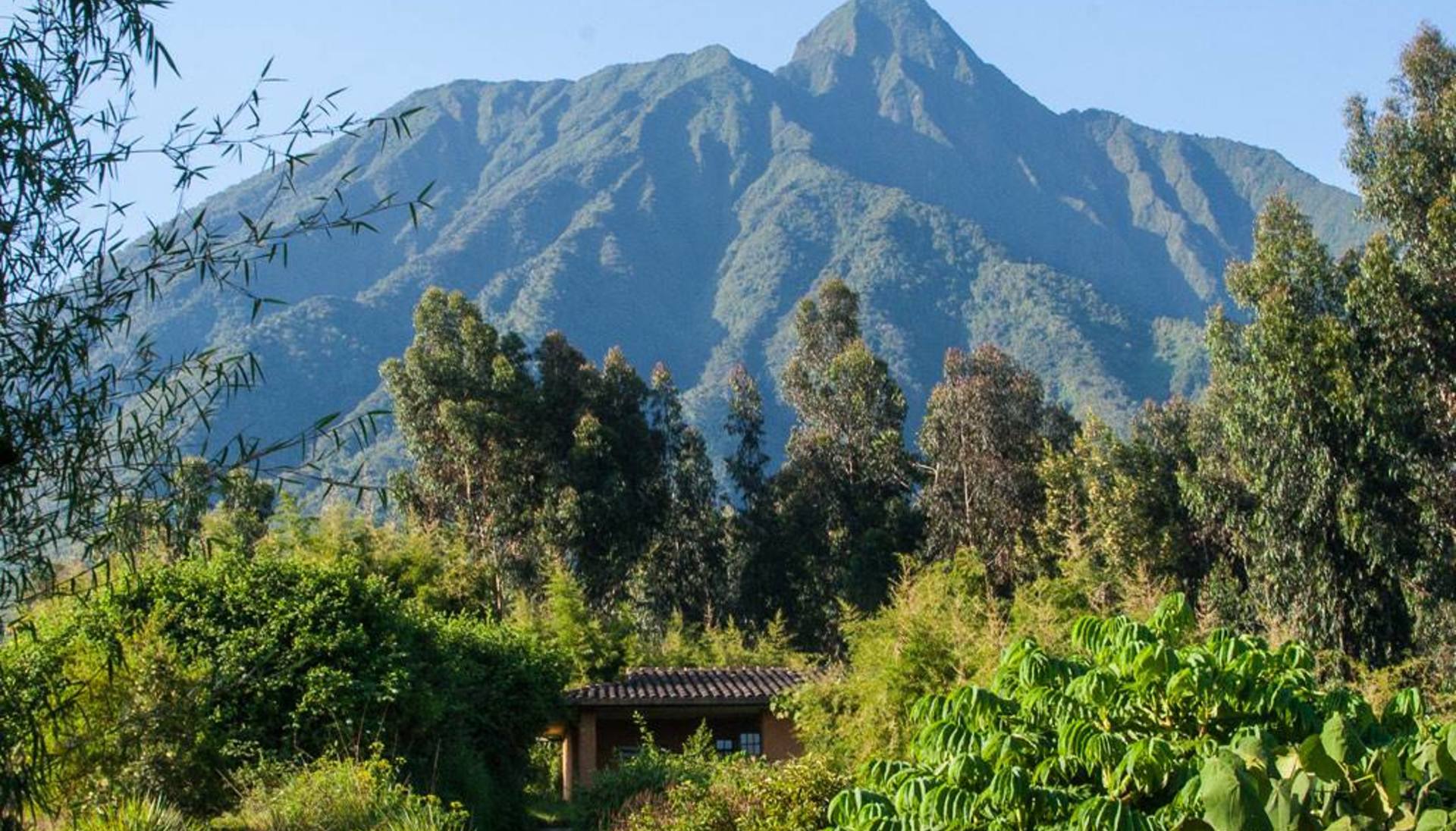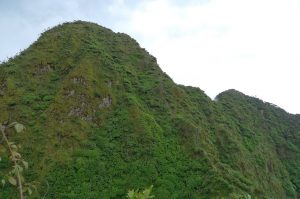- February 19, 2019
- Posted by: Administrator2
- Categories: Gorillas, Hiking safars, uganda gorilla tour, Uganda safaris, Wildlife safaris

Hiking Mountain Sabinyo in Uganda.
One famous writer once quoted, “Those who travel to mountain-tops are half in love with themselves, and half in love with oblivion.” Hiking to the top of a mountain is a risk that not everyone can take on, it takes strength and vigor to conquer a mountain.
Most mountain climbers have singled out on hiking only the famous African ranges like the Rwenzori Mountains in Uganda, Kilimanjaro volcano in Tanzania and maybe the table mountains in South Africa.
However, also summiting the simple mountain ranges is one humbling experience that builds more self-esteem, simply having a sense of accomplishment, achievement and appreciation for the whole journey to the top is one thing you can forever tell a story about.
And if you ever think of a hiking expedition in Africa, consider Uganda’s Sabinyo Mountain.
Mountain Sabinyo is an extinct volcano among the eight chained Virunga ranges shared by Uganda, Rwanda, and the Democratic Republic of Congo. Its highest peak stands at 3669 meters and it is the only peak where a trekker gets a chance to stand in three different counties.
Located in the south west of the country, mountain Sabinyo marks the intersection of the borders of Uganda, Rwanda and D.R. Congo, adjoining the three national parks of Mgahinga national park, Volcanoes national park and Virunga national park respectively.
Summiting Mountain Sabinyo is one of the challenging yet thrilling hikes one can ever have on a Uganda safari. It takes 4-8 hours, almost a whole day to reach the peak, it depends on the speed and fitness of the trekker, and also the weather of the day, but the average time is eight hours.
The hiking starts from the park office with a simple briefing by the park ranger who advises the hikers on what to do and what not to do. Then head into the beautiful bamboo forest that is littered with fresh leaves and elephants and buffaloes’ dang. Note that the forest elephants and buffaloes are so aggressive, so always walk behind an armed ranger guide. Hiking sticks are given out freely to every trekker, porters are also available at only 15 to 25 US dollars in case one feels weak to carry his backpack and to reach the mountain top.
First strolling through the gentle grounds as you move towards the mountain base, you cannot imagine that the hike is that strenuous, but on reaching the fairly steep slopes of Sabinyo, this is the zeal of a hiking safari in Uganda. Having to walk through thin and slippery trails with the only support from a hiking stick, pulling yourself through the tree branches just to wonder into places you are oblivious about is an experience worth making at least once a year.
After hours of sliding, slipping, cursing and pushing, reach the first peak of the mountain. This is another motivation to continue with  the hike to the second and third peak. The view here is extremely beautiful, one of those that you had never imagined. “Now if it is that amazing at the first peak, how striking is it at the third peak?” is the question that pushes hikers further.
the hike to the second and third peak. The view here is extremely beautiful, one of those that you had never imagined. “Now if it is that amazing at the first peak, how striking is it at the third peak?” is the question that pushes hikers further.
Having reached the first peak, it gets closer to the second and third peak though still steeper. This is the most challenging part of the hike, moving up the famed ladders of Sabinyo that are nearly inclined at 90 degrees, on a cold, misty and wet day is something else. Avoiding to look down but inevitably do it.
And then finally hit the top, the great third peak that allows you to stand in three countries at once, conquer the Virunga range and let it all lay in your sight. On lucky days, when the ranges are not rolled in the mist, hikers have exceedingly beautiful views over all the eight Virunga ranges.
All you need to do while hiking Mountain Sabinyo is to book in advance, a long sleeved shirt and trouser, water proof jacket, strong hiking boots, a hat, warm stockings and garden gloves, a camera with enough battery, and packed lunch, though light snacks are advisable.
Surely there is no better experience than summitting the three conical volcanoes with one of Africa’s most dramatic skylines.
Leave a Reply
You must be logged in to post a comment.
